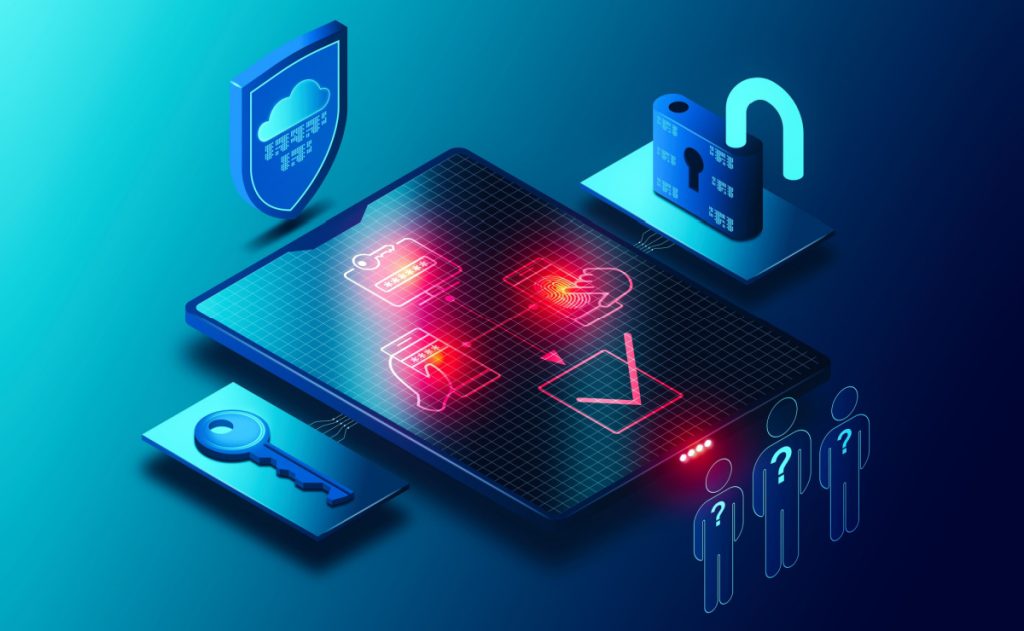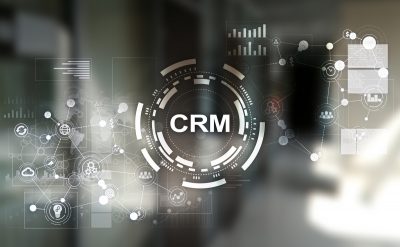Highlights:
- A new generation of zero-party data helps to build long lasting customer relationship and improve customer experience.
- In 2020, Forrester coined the term zero-party data. Zero-party data is information that a client voluntarily provides with a brand.
With businesses leaning more towards technological dependency, the big data race is getting more contested. The tech world is agog with terms like data is the new oil, data is the new gold. We have also heard much about first-party data, second-party data, and third-party data. But in all the talk about data and its potential, one type of data that has been the buzzword is zero-party data.
At the center of all lies the fact that customers are willing to share data with brands but want customized experiences – one that suits their needs and wants – in exchange. As much customers desire personalized content, they are still apprehensive about sharing their data and fear the exploitation of their personal information or being flooded with adverts and emails. Brands are constantly faced with a privacy and personalization paradox. While third-party data has always played a key role in resolving the paradox between privacy and personalization, zero-party data has emerged as a key challenger in recent times.
In this blog, we will discuss about zero-party data, but let us quickly back up and ride on the different types of data that drive personalized customer experiences.
First-party data: First-party data consists of an individual’s site-wide, app-wide, and on-page behaviors. It consists of an individual’s clicks and in-depth behavior, session context, and how that individual interacts with personalized experiences. This kind of data allows one to glean important indicators into an individual’s interests and intent.
Third-party data: This refers to the information received or purchased from sites and sources other than your own. Third-party personalization data typically includes demographic data, buying signals, and information from CRM, POS, and call center systems.
Now let’s talk about zero-party data and why it is important in today’s marketing strategy.
What is zero-party data, and what makes it stand out?
Zero-party data was first coined by Forrester in 2020. It is that kind of data that a customer intentionally and proactively shares with a brand. It can include preference center data, personal context, and how the individual wants the brand to recognize. The data is also referred to as explicit data.
Zero-party data benefits
Collecting zero-party data eliminates the ‘creepy factor’ customers often face with a brand. Since the customer provides this data, it’s accurate, and one need not worry about the source. A few more benefits of zero-party data make it stand out.
- It solves the personalization-and-privacy paradox considering the increased government legislation and browser privacy features.
- The data collected is qualitative and accurate due to the direct source, which is the customer itself.
- The data shared by customers is relevant and updates the companies on how they want to have interacted.
- It’s very cost-effective since it just needs to be harnessed and used correctly. The data does not have to be paid for.
How to go about zero-party data collection
There are various sources by which zero-party data can be collected while adhering to existing compliances. Let’s discuss:
Social media: Social media polls provide essential insights into the customer’s preferences and styles and are one of the fastest ways to gain zero-party data. These polls are especially effective on Twitter and Instagram. The feedback gained helps brands to start the campaigns and further their marketing approaches.
In-store: A significant number of individuals are unaware that collecting zero-party data while shopping in-store is also feasible. The most acceptable illustration of this is a customer loyalty card. When you enter a business, the person at the front desk will try to get you to sign a loyalty card. This card will keep track of your points and allow you to exchange them in the future for things like cash or other discounts.
Website: There aren’t many companies that actively pursue the collection of zero-party data. These kinds of companies allow their customers to select the form of communication that best suits their needs and interests. The information supplied enables brands to provide their customers with tailored messages and services to meet their needs better.
E-mails: You can have an introductory quiz as a part of your welcome email, make it a more engaging experience and make customers seriously consider your email rather than just spam. You can also send customers occasional surveys to educate yourself on how they feel about the brand and products.
Final Thoughts
With data privacy laws getting more stringent, brands will prefer relying on data they can trust, which is very much possible with zero-party data. Users will likely be more willing to share their information with trusted brands. To some extent, zero-party data can help solve the trust crisis plaguing online data sharing.
Zero-party data, when utilized wisely, can enhance customer communication. It is extraordinarily valuable and will spur the firm’s personalization efforts. It’s also beneficial for both corporations and their customers. Moreover, it is a win-win situation for all parties concerned since it may cut marketing waste for a company and enhance customers’ lives.
To know more about Zero-party data, visit our latest whitepapers here.












